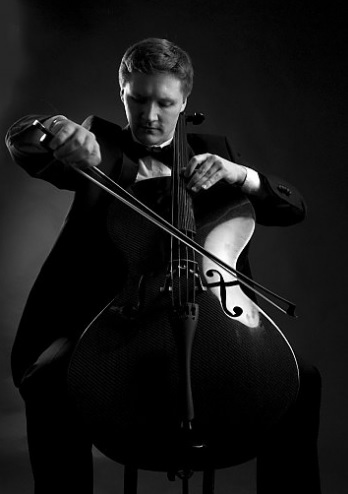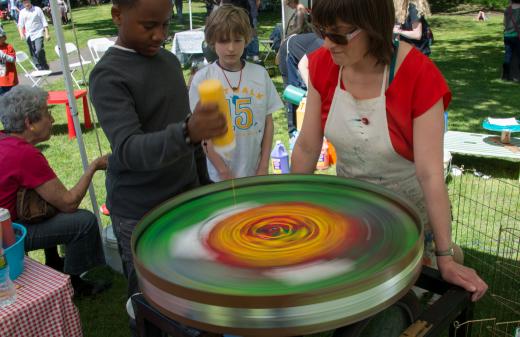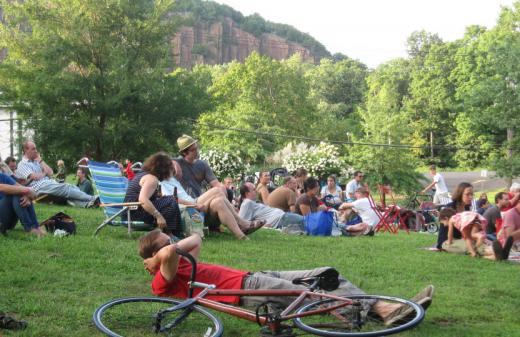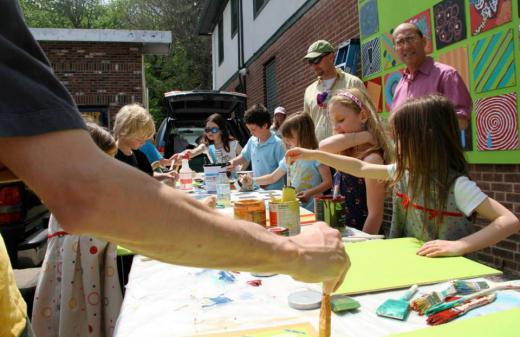CHAMBER MUSIC TAKES LYRIC HALL
 Submitted by noe on
Submitted by noe on

September 15, 2016, by Lucy Gellman- "This coming Sunday, at 3 p.m., musicians Ignacy Gaydamovich, Cihan Yücel and Gary Capozziello will sit down on Lyric Hall‘s intimate stage. Gaydamovich, possibly resting his cello for a moment against his knees, will introduce the bill: Sergey Rachmaninov’s Cello Sonata, followed by Dmitri Shostakovich’s Piano Trio No. 2. Yücel, on piano, and Capozziello, on violin, perhaps will nod knowingly. Then a wild, Russian-induced magic will explode from each of them. Here’s why you should go.The Rachmaninov, if you are not already in love, will make you want to be in love. Meanwhile, the Shostakovich will shred you completely. The two perform a teasing, devastating dance between vivacity and deep depression, what Gaydamovich calls “love and ... death. Putting those two pieces together in a concert is like opening a curtain on life’s eternal debate between the one and the other.” The young trio has claimed the Shostakovich as one of its prize pieces. If you are an emotional person — or even if you are not — the piece will rip you up and down the body, heart and head. We’re talking 1,000 tiny, dewy bits of flesh, white bone, and marrow that have been systematically dislodged from your body by two minutes in, and just stay there on the floor until an ending that doesn’t have a particular sense of resolution. Written after the death of his musician friend Ivan Sollertinsky (to whom the work is dedicated) in 1944, the 28-minute piece responds to World War II and the Holocaust in particular, which Shostakovich and his contemporaries were just learning about at the time. The eerie first movement features a whisper of strings that seems perpetually too quiet. One must strain slightly to fully listen. These are muted notes, strings that know to creep cautiously because they are in constant danger of being snuffed out. Until, that is, about three and a half minutes into the piece, when they quicken, full of purpose, a suspenseful spray of piano coming in across them and pulling the listener to the edge of their seat. There’s a seeming resolution-meets-march that the composer described as wobbling drunkenly through a parade, vomiting at one point, and then trying to get out of there (the violin and piano play in a call-and-response that sounds like a wind up doll). It’s a section full of emotion and heart that seems to be soaring upward. But then there’s incredible loss, the sense that the piece is finished, but not..." Click HERE to comment and read full article.
Click HERE to read the full article and to comment.





